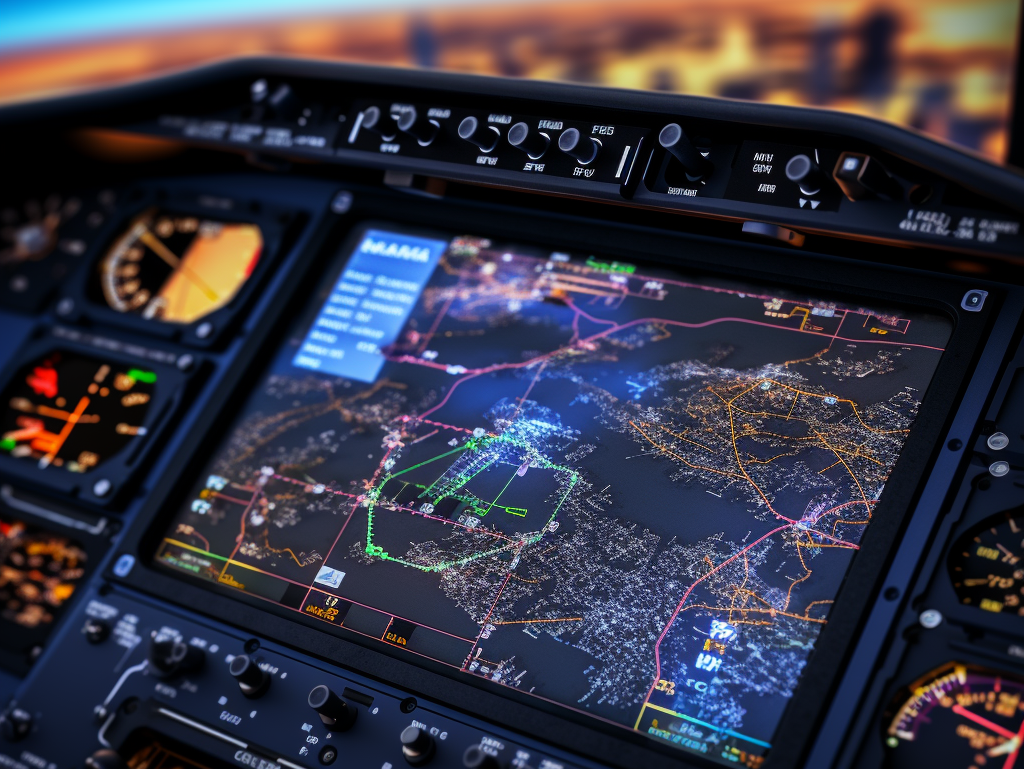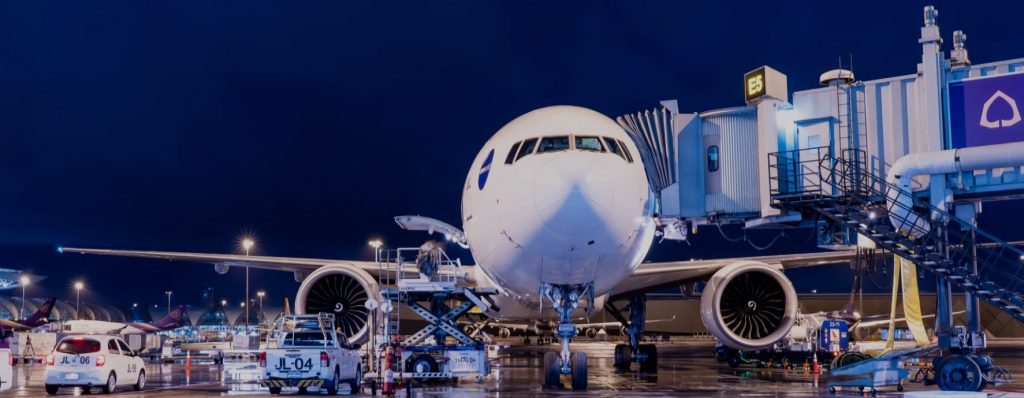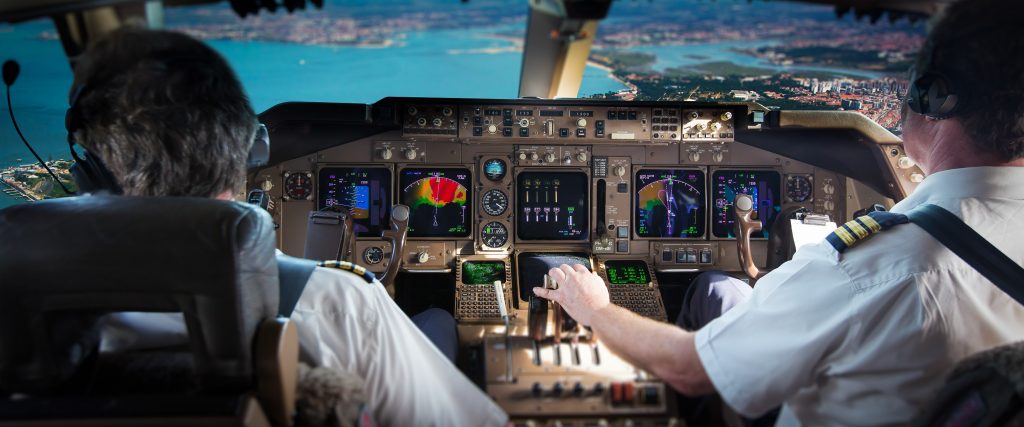The national airspace system divides all airspace into different levels. They are classified according to certain needs, functions, and levels of regulation. There are restrictions and regulations associated with each level of airspace. However, all civil aviation aircraft must follow Visual flight rules (VFR) and Instrument flight rules (IFR).
They were created to ensure the safety and efficiency of air traffic in various weather conditions. Rules are also called air traffic standardization and safety categories. Such sets of flight rules allow pilots and controllers to work under the same requirements and ensure effective coordination in the airspace.
Сontrol of the aircraft under good weather conditions and sufficient visibility
- VFR apply when flight conditions are favorable. The pilot must have a clear view of the surrounding space in order to adjust the altitude of the aircraft. Orientation is carried out on the earth’s surface, avoiding obstacles of the type of buildings and features of the terrain and other planes.
- The weather should be better than the main VFR weather lows. That is, within the framework of visual meteorological conditions, which are specified in the rules of the relevant aviation authority. Also, governing bodies set special requirements for flights to ensure safety. This includes minimum visibility and cloud cover to ensure that aircraft can be seen from a sufficient distance.
- Under visual meteorological conditions, the minimums such as visibility range, distance from clouds, or cloudiness requirements to be maintained over the ground may vary from jurisdiction to jurisdiction. Also, the indicators may vary due to the airspace in which the aircraft operates.
- The generally accepted daytime minimum under VFR for most airspace is 3 statute miles of flight visibility and a cloud clearance of 500 feet below, 1000 feet above, and 2000 feet horizontally.
- Flights under VFR may be permitted at night, but this only applies to certain countries. This involves more restrictive conditions, such as maintaining minimum safe altitudes and additional training.
- The VFR place responsibility for keeping a distance from other aircraft on the pilot. The controller does not participate in air traffic control and does not assign a route or altitude. The exception is the situation when the aircraft pilot is outside B/C/D airspace over the territory of the United States, Canada, and Australia. He can submit a request to receive a traffic advisory from the dispatcher.
- Due to the limited communication and navigation equipment required for flights under visual rules, the plane may be restricted in certain operations. There may be restrictions on when and how long an aircraft is allowed to be in controlled airspace.
- They also outline such a subcategory as Special VFR. This is an air traffic controller’s clearance to fly under special VFR in a control area in meteorological conditions that do not meet the minimum visual meteorological conditions.
The United States VFR cruise altitude rules
In the United States, there are designated VFR for cruising altitudes. This covers aircraft heading above 3,000 feet above sea level but below 18,000 feet mean sea level. However, unofficially, these rules are used at all levels of cruising flight.
On a magnetic course of 0-179 degrees, the planes should fly at an odd thousand feet MSL at an altitude of +500 feet. At 180-359 degrees, the pilot has to fly the plane at an even height of one thousand feet MSL +500 feet.








